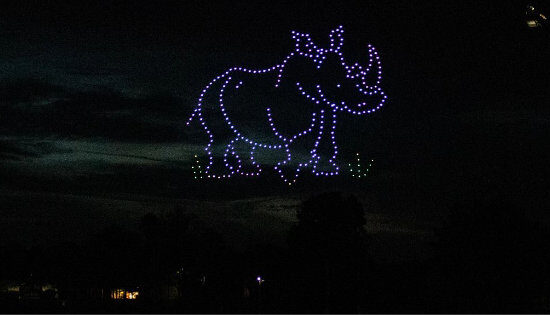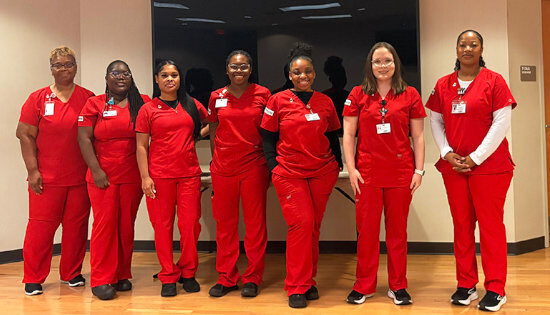MOODY AIR FORCE BASE – Moody Air Force Base’s 23rd Maintenance Squadron NDI is an essential part to safe and reliable aircraft.
Photo: U.S. Air Force Tech. Sgt. Cody Dickerson, 23rd Maintenance Squadron nondestructive inspection supervisor, poses for a photo during the Honorary Commander immersion tour with the 23rd Maintenance Group at Moody Air Force Base, Georgia, Dec. 5, 2022. (U.S. Air Force photo by Senior Airman Rebeckah Medeiros)
Release:
Similar to how ultrasounds and x-rays are used to find issues in the body, these same techniques can be used to find surface and subsurface cracks along with abnormal wear and tear on aircraft that can be the difference between life and death.

Maintainers from the 23rd Maintenance Squadron nondestructive inspection flight (NDI) are responsible for conducting preventative maintenance by inspecting damages and repairs to metal parts to ensure aircraft are ready for any mission.

“NDI is responsible for the inspection portion, we’re the only ones with our skillset,” said U.S. Air Force Tech. Sgt. Cody Dickerson, 23rd MXS NDI supervisor. “A lot of our job involves checking airframe integrity to make sure that there’s no surface or subsurface defects that exist to support all aircraft and their missions.”

The NDI flight uses a variety of inspection techniques to determine where weakness points are through various imagery methods, such as eddy current, magnetic particle, fluorescent penetrant, ultrasonic, and radiographic. These methods enable the NDI flight to provide unique insight for extensive aircraft inspections.
“We performed and worked with the 41st Rescue Squadron to streamline the first ever HH-60W phase inspections,” Dickerson explained. “We coordinated an NDI and had a really big part in streamlining and creating all the inspection work cards for phase inspections.”

The NDI team’s work is essential to flight safety at home and in deployed locations. During Moody’s recent Lead Wing operation, the NDI flight supported flight operations with a mobile lab.
“Our mission was to provide safe and reliable aircraft to the Fighter Squadron in order for them to gain necessary experience in unfamiliar airspace and train in maritime and surface scenarios,” said 1st Lt. Tyler Shumard, 75th Fighter Generation Squadron sorties support flight commander.
With NDI support, 12 A-10C Thunderbolt II aircraft were able to safely fly 309 hours while completing 115 sorties in a deployed environment.

To ensure these aircraft continue to fly safely, it requires skilled practitioners to pass on their years of expertise to the next generation of NDI technicians.
“It’s teaching experiences like this where I can hone my skills and be confident and know that I can use them to actually find defects on airframes,” Dickerson said. “I’ve always been fascinated with scientific instruments, teaching the younger Airmen on how to do the methods and procedures right – that just gives me a feeling that I actually contributed to something.”











